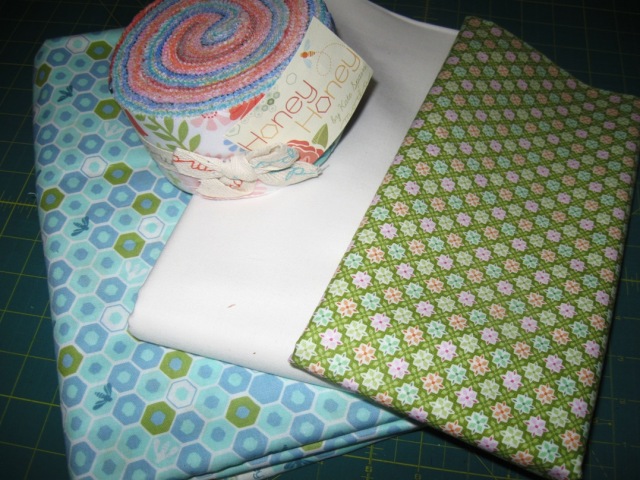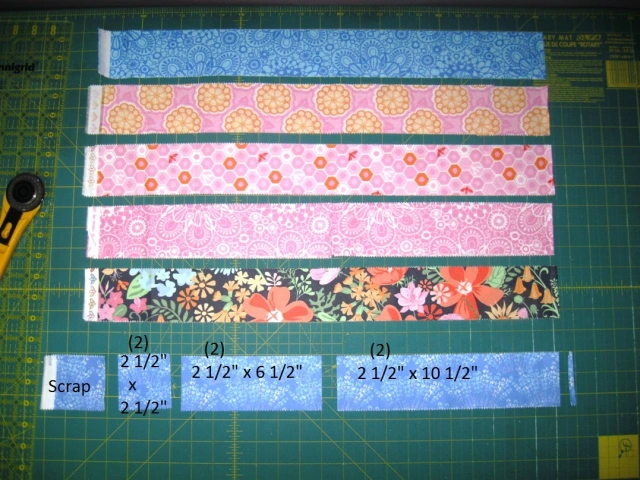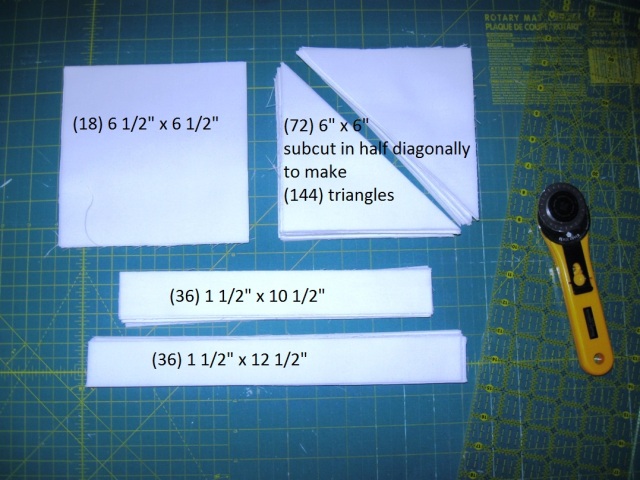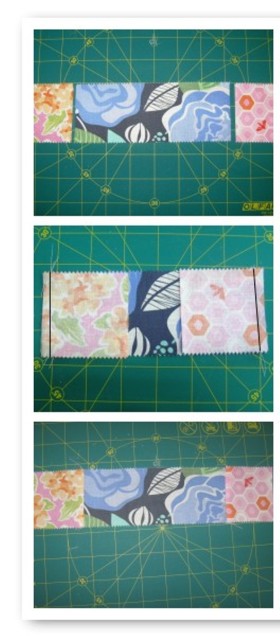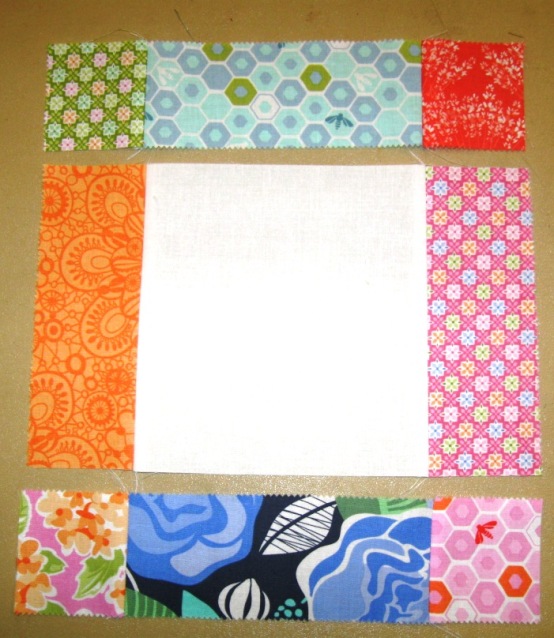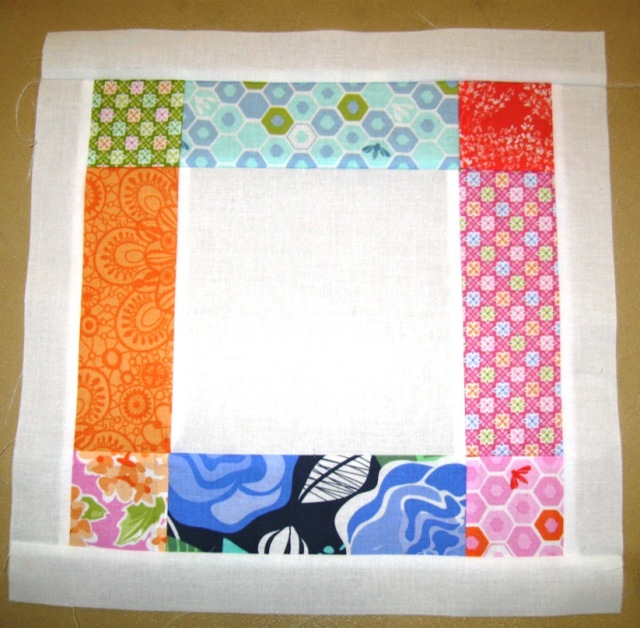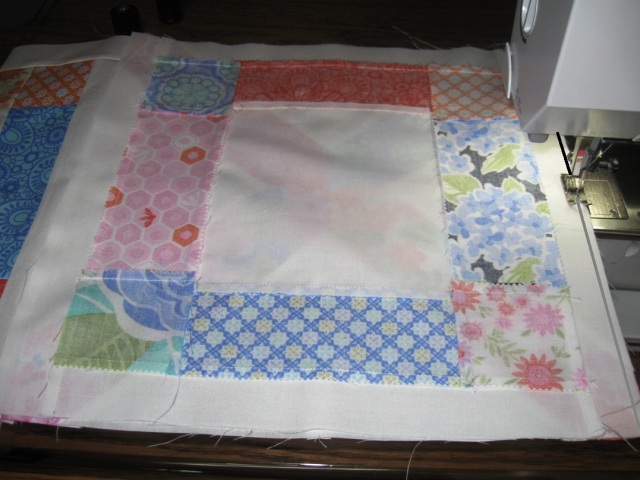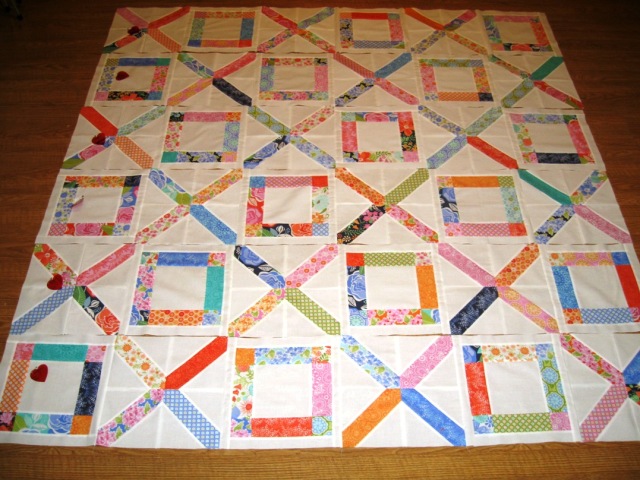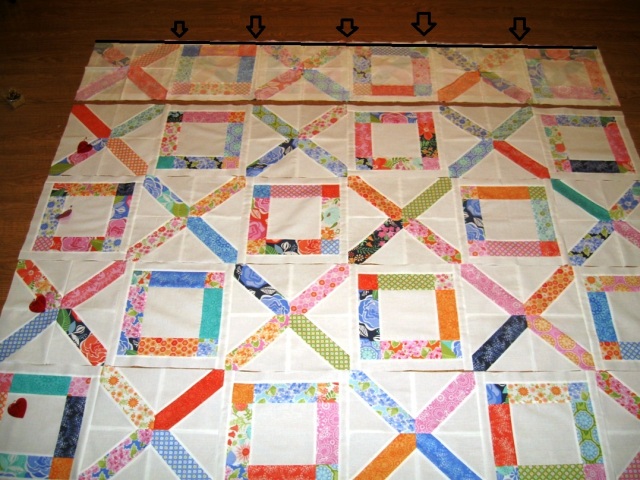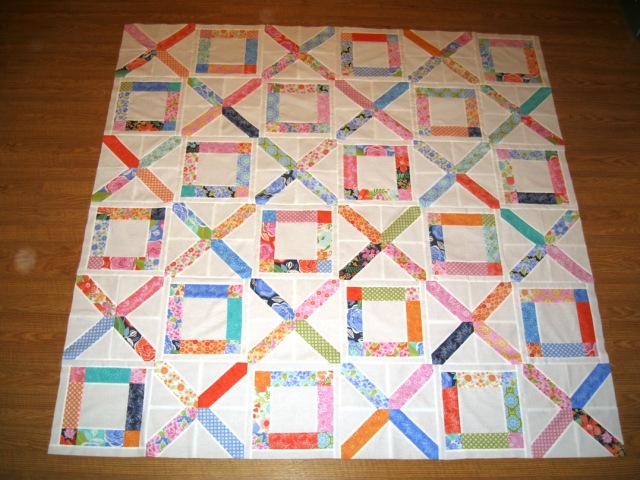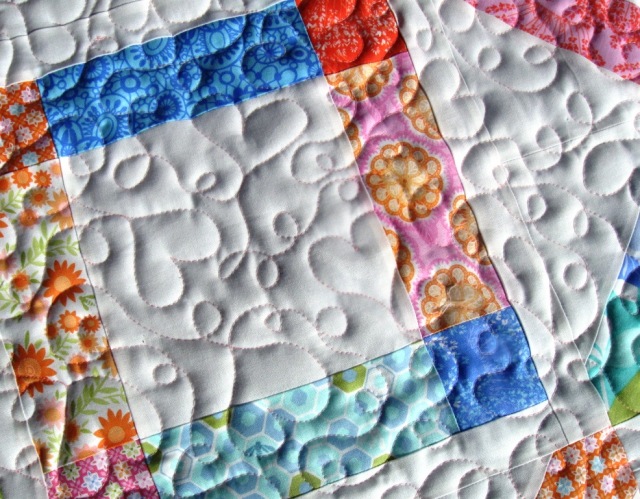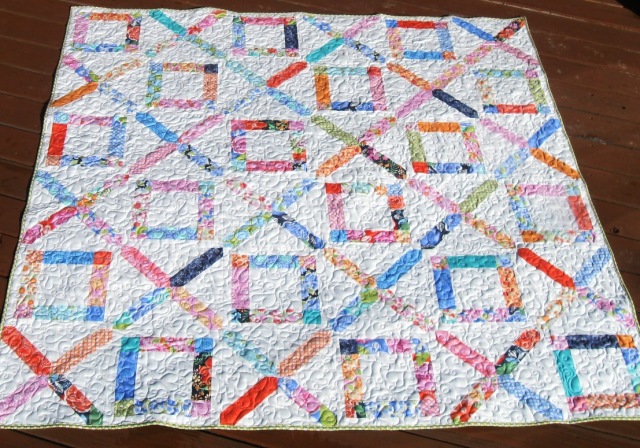
Hi everyone and thank you so much for checking out my pattern!
I would like to introduce myself, because I am a newbie here at the Moda Bake Shop. My name is Karen Ackva, and I am a Carolina girl living and quilting in Germany. I jumped the great pond about 12 years ago and am very fortunate to be living in a foreign country. It is really a dream come true. Although the day to day is the same – getting the kids ready for school, grocery shopping, making appointments, cleaning, having breakfast with the girls, etc., etc., it is great when a German festival or holiday comes around like Fasching! In the middle of winter, I can dress myself up funny, go to a Faschings party, act silly, and it’s okay. (Fasching is also known as Carnival or Fat Tuesday.) I also love to eat Eierlikör-Krapfen! Oh yummy! I can’t wait!
Prairie Traditions came about when I wanted to make a traditional yet easy pattern from just one layer cake without adding a lot of additional fabric. (Come on, these great bundles really have enough fabric for a whole quilt top!!) I played around with different ideas and came up with a monkey wrench or churn dash block used on-point. It only utilizes 20 – 10″ squares from a 42 piece Layer Cake, so you can adapt this to any size you want. Just add more solid yardage!
The lap quilt shown here uses fabrics from my favorite designer – Kate Spain! Her newest fabric line is called “Honey Honey” (from Moda) and will be available at your fabric store in January 2013. This is a great fabric line to get your spirits up when winter gets you down. 😉
If you make this quilt, you can post your “Prairie Traditions” quilt here at Flickr.
If you are curious about me or how life is for me and my family, check out my blog – www.easypatchwork.blogspot.de.
Thank you again for viewing my patterns!
Yours truly,
Karen
P.S. I wish you and your families a very happy new year. Ich wünsche euch und euere Familien einen guten Rutsch ins neue Jahr. Bis dann!

One Moda Layer Cake (Honey Honey by Kate Spain) or at least 20 layer cake squares
1¾ yards white fabric (9900-98) for background
¾ yard blue fabric (9900-174) for inner border and binding (WOF of 44″)
58 x 67 inches batting
58 x 67 inches backing fabric (27141-17)

Preparation and Cutting
Sort out (20) 10″-squares from your layer cake. These will be used for your monkey wrench block as well as for the outer border. To balance the quilt, I used four additional brighter/lighter fabrics for the outer border that didn’t have the color of the inner (dark blue) border.
From blue fabric cut:
4 – 2½” x WOF strips for inner border (Trim later to the actual length you need.)
5 – 2½” x WOF strips for binding
From white fabric cut:
5 – 1½” x WOF strips (for Block A)
12 – 6½” squares {D}
4 – 10″ squares; sub cut each twice diagonally to get a total of 16 {E} triangles. Discard two.
2 – 5¼” squares; sub cut each once diagonally to get 4 {F} triangles.
40 – 3″ squares (for Block B)
20 – 2½ squares {C}
From each 10″ square print cut:
1 – 1½” x 10″ strip (for Block A)
1 – 3″ x 10″ strip; sub cut to (2) 3″ squares (for Block B). Discard the lower 4″ x 3″ portion or save for the backing panel.
1 – 5½” x 10″ strip for outer BORDER

Sewing the Blocks
Use a scant ¼ seam allowance for all seams unless otherwise specified. You may want to sew together one block to make sure that your seam allowance and cutting strategy is correct before you decide to sew together all 20 blocks. Los geht’s. {Here we go!}
Block A
Sew each 1½” print strip to the 1½” white strips until all are gone. You should be able to get four different prints on one white strip. Finger-press toward the print. From the strips, cut four 2½” squares from each print/white combination to get 80 Block As.

Block B
On the back of all white B squares, draw a light line diagonally with a lead pencil. Sew one B print square and one white B square (right sides together) using a scant ¼” seam allowance to the right and to the left of this line. Repeat for all 40 squares. Cut through the pencil line. Finger-press toward the print. Trim to 2½” square. This is now a Block B.

Monkey Wrench Block
Sew one Block B to each side of coordinating Block A. Finger-press toward the inner block. Repeat for the other side or for Row Three.
Sew one Block A to each side of one C square. Finger-press toward print.Sew Row 1, 2, and 3 together. Repeat until all monkey wrench blocks are sewn together. Press and square up blocks to measure 6½” square.
Tip: If you have problems with one of your seams not matching up, rip the seam from the middle out, nest the seams again, and start sewing from the raw edge toward the middle and back stitch.

Assembling the Main Patchwork
Arrange the blocks to achieve the pattern you desire. First sew the D squares to the monkey wrench blocks. Continue until the rows are complete. Press toward the white fabric.
Sew the E triangles to each side of each row. Press toward the white fabric. Sew rows together interlocking the the seams. Iron how you feel it best lays flat. Sew the F triangles to the four corners. Iron toward the white fabric. Square the quilt top with large square rulers.

Adding Borders and Finishing
Measure the main patchwork through the center lengthwise. It should measure around 43″. Cut two blue inner border strips to the size of your patchwork. Sew to each side. Iron or finger press toward the border.
Measure the main patchwork through the center width. It should measure around 38½”. Cut your two border strips according to your measurement. Sew to each side of patchwork. Press toward the outer border print.
Measure the main patchwork including the blue border through the center lengthwise. It should measure around 47½”. Sew together five outer border prints. Shorten to the length you need. You can adjust your seam allowance or just shorten the strips. Sew to each side of patchwork. Press toward the outer print.
Repeat the previous step for the top and bottom of your patchwork piece.

Finishing
Iron thoroughly. Square up all corners and straighten edges. Prepare your backing. Layer front, batting and backing. Baste with safety pins. Quilt as desired. Apply continuous 2½” double-folded binding using a scant 3/8 inch seam allowance. Add a label. Admire your work. Photograph. Upload to Flickr!


One Prairie Traditions lap quilt or wall hanging designed by Karen Ackva of easypatchwork.de using “Honey Honey” by designer Kate Spain for Moda or another favorite Layer Cake! Be proud of yourself!
Measures approximately 48½ x 57 inches
Block Size 6″ finished
Karen Ackva
{easypatchwork.blogspot.de}

















































